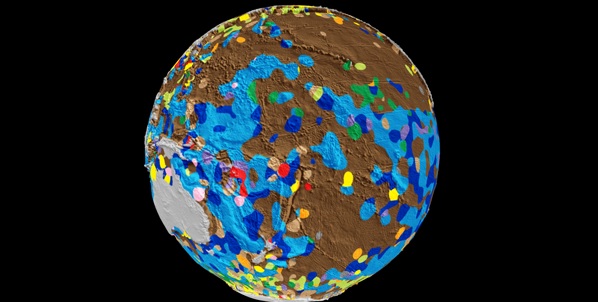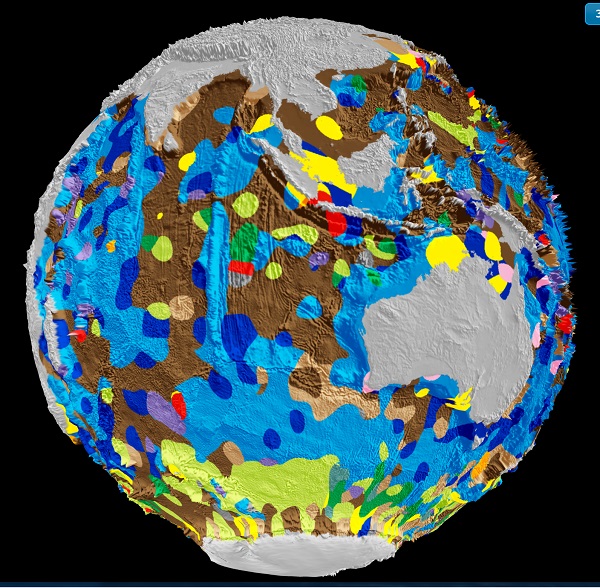The seabed has fewer secrets today. Scientists from the University of Sydney School of Geosciences have created the world's first digital map of seafloor geology. In fact, it is the first time that the composition of the seabed, that is 70 percent of the earth's surface, has been mapped in 40 years. The most recent map was hand drawn in 1970
The seabed has fewer secrets today. Scientists from the University of Sydney School of Geosciences created the world's first digital map of seabed geology. In fact, it is the first time that the composition of the seabed, that is 70 percent of the earth's surface, has been mapped in 40 years. The most recent map was hand drawn in 1970.
Now, however, this new study, published in the journal Geology, will help scientists understand better how our oceans have responded, and will respond, to environmental changes. It also reveals that deep ocean basins are far more complex than previously thought. There are many revelations that scientists have been able to make.
Some of the most significant variations relate to the oceans surrounding Australia. The old map, for example, suggested that much of the Southern Ocean was mostly covered by clay brought out of the continent, while the new map shows that this area is actually a complex mosaic of microfossils. Life in the Southern Ocean is much richer than previously thought.

"To understand the environmental changes in the oceans we need to better understand what is preserved in the geological record of the seabed ", explains University of Sydney researcher Adriana Dutkiewicz. “The deep ocean floor is a graveyard made up largely of the remains of microscopic marine creatures called phytoplankton, which thrive in sunlit surface waters. The composition of these remains can help decipher how the oceans have responded to climate change in the past ”.
A special group of phytoplankton called diatoms produces about a quarter of the oxygen we breathe and makes one of the biggest contributions to the fight against global warming. But the new bottom map shows that the accumulations of diatoms on the seabed they are almost entirely independent of blooms in surface waters in the Southern Ocean.

More research will be needed to better understand this relationship. In fact, this research opens the doors to future insights into marine life, to better understand the functioning and history of the marine carbon cycle.
Digital data and interactive map are available clicking here
Roberta Ragni
Read also:
CORAL REEF: A PHOTO DATABASE TO MAP AND PROTECT THEM


























